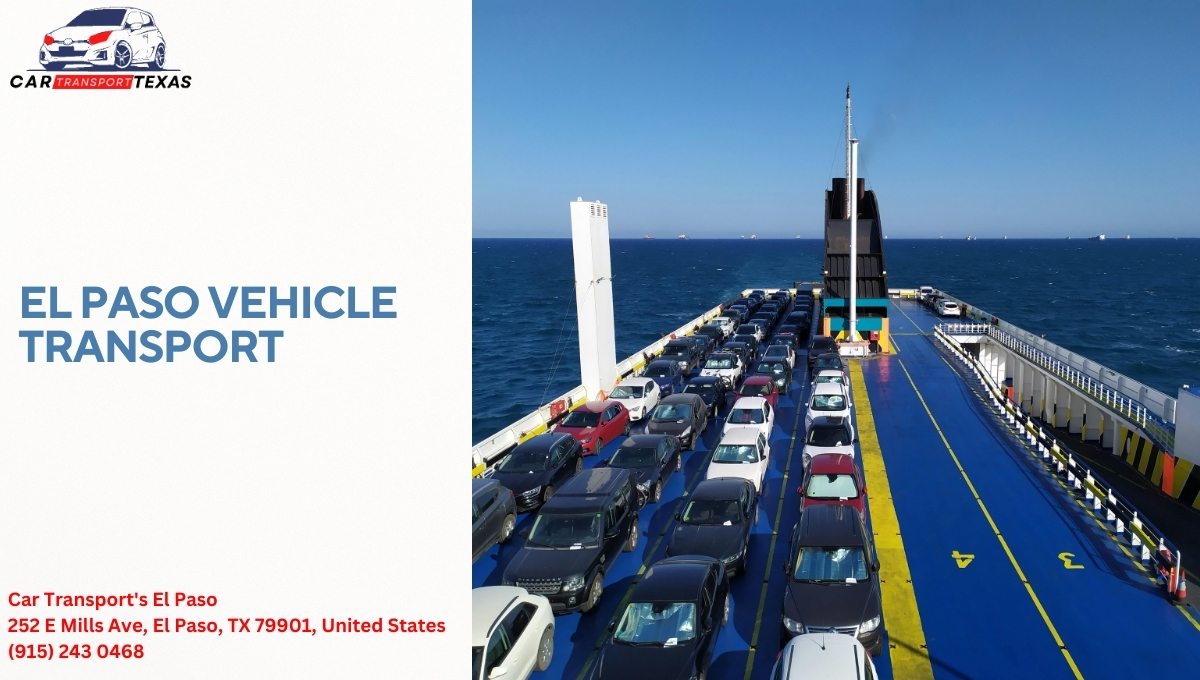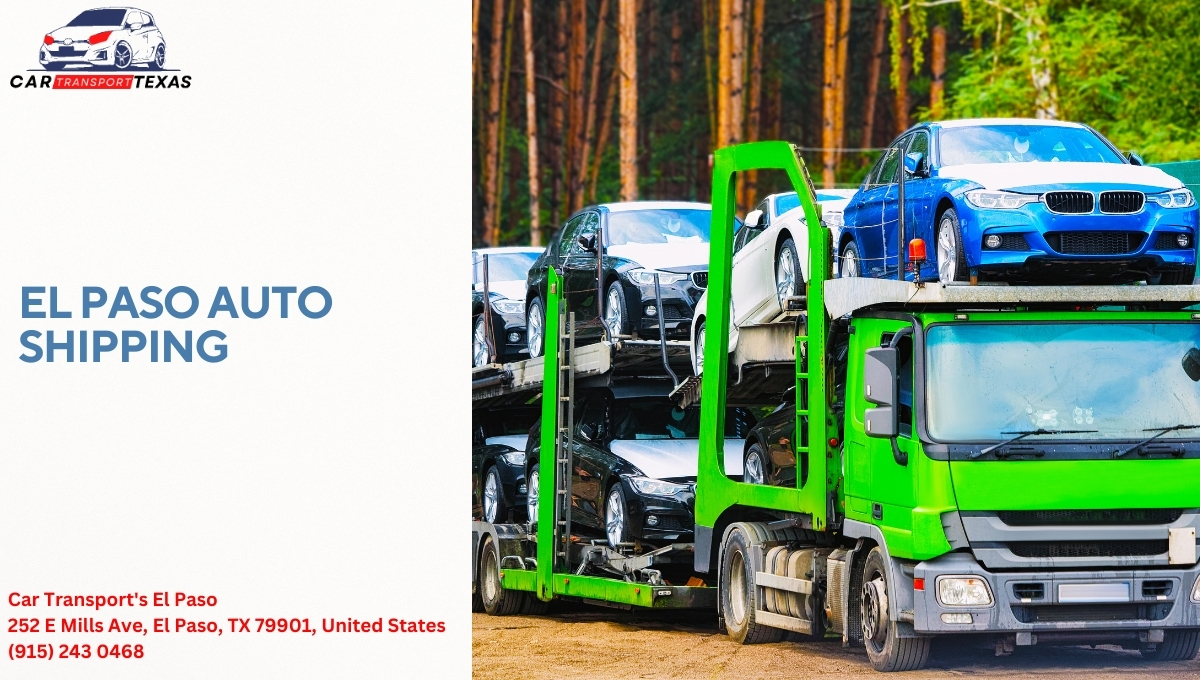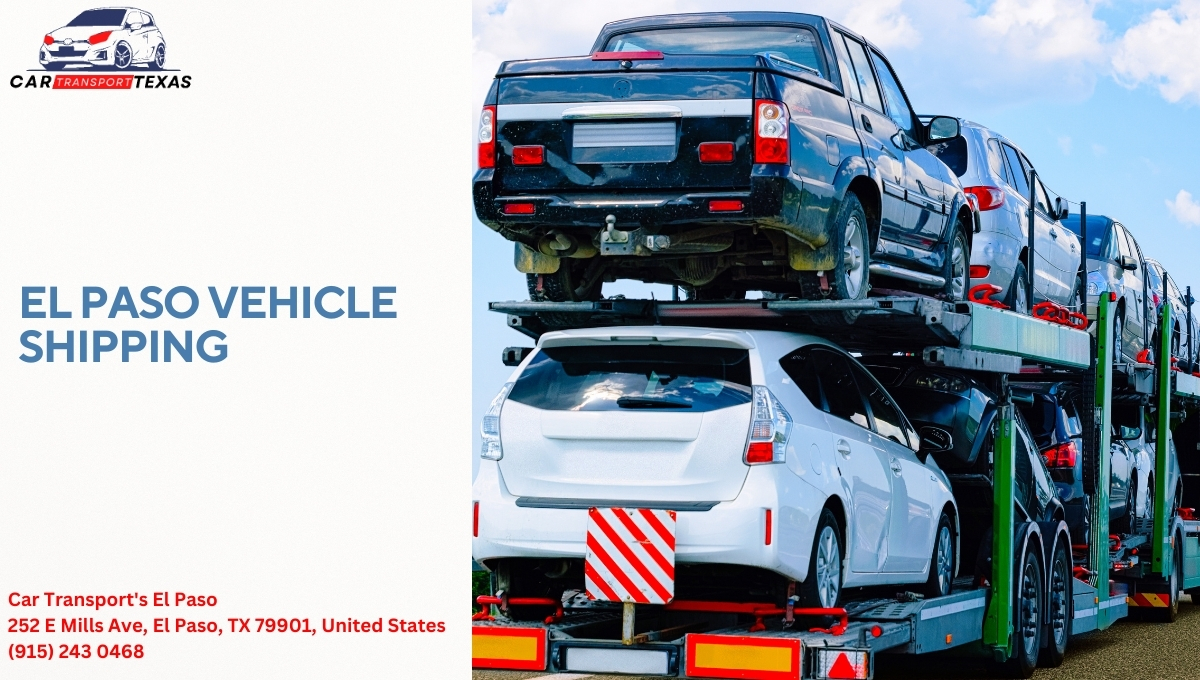Introduction
As winter approaches, it's paramount to prepare your vehicle for the impending elements, particularly if you're considering El Paso auto shipping. Whether you're relocating for work, a new adventure, or simply needing to transport your car across state lines, ensuring your vehicle is ready for transport during these colder months can save you a lot of headaches. This article explores the essential steps and tips related to winterizing your vehicle for El Paso auto transport that will not only protect your investment but also ensure a smooth shipping process.
Winterizing Your Vehicle for El Paso Auto Transport: Preparing for the Elements
When it comes to El Paso vehicle shipping, winterizing is not just about comfort; it’s about safety and efficiency. You might wonder why winterization is necessary even in a region like El Paso, known for its relatively mild winters. El Paso auto shippers The reality is that while temperatures may not plummet as they do elsewhere, unexpected cold snaps can affect your vehicle's performance and the shipping process itself.
Understanding the Importance of Winterization
Why Should You Winterize Your Vehicle?
Winterization involves preparing your vehicle to withstand cold weather conditions. While El Paso may not experience severe winters like other regions, temperatures can still drop significantly at night. Here’s why winterizing makes sense:
- Prevents Mechanical Failures: Cold weather can lead to battery failures and other mechanical issues. Enhances Safety: Properly winterized vehicles offer better handling and traction on potentially icy roads. Saves Money: Preventative measures can help avoid costly repairs down the line.
Key Components of Winterizing Your Vehicle
1. Battery Check and Maintenance
A car battery tends to lose its charge in cold weather. Before transporting your vehicle, check its health.
- Inspect Battery Terminals: Ensure they are clean and free from corrosion. Test Battery Charge: Use a multimeter or visit an auto shop.
2. Antifreeze Levels
Antifreeze is crucial in preventing coolant from freezing in colder temperatures.

- Check Coolant Mixture: It should be a 50/50 blend of antifreeze and water. Flush Coolant System: If it hasn't been done recently, consider getting it flushed before transport.
3. Tire Preparation
Tires play a vital role in maintaining control over your vehicle.

- Check Tread Depth: Ensure sufficient tread depth for better traction. Inflation Levels: Cold air can reduce tire pressure; check and inflate as needed.
4. Wipers and Windshield Fluid
Visibility is key during winter driving conditions.
- Replace Wipers if Necessary: Ensure they’re functioning properly. Use Winter-specific Windshield Fluid: This prevents freezing in colder temperatures.
Preparing Your Vehicle's Interior
5. Remove Unnecessary Items
Before auto transport, declutter your vehicle’s interior:
- Remove heavy items that could shift during transport. Ensure personal belongings are taken out to prevent theft or damage.
6. Clean the Exterior
While this may seem trivial, washing your vehicle helps protect the paint from road salt used on icy roads:
- Wash off any dirt and grime from previous drives. Waxing adds an additional layer of protection against corrosion.
Securing Your Vehicle During Transport
7. Choosing the Right El Paso Auto Shippers
Not all auto shippers are created equal when it comes to winter conditions. Look for those who:
- Have experience with winter transport logistics. Offer enclosed transport options to protect against elements.
FAQs About Winterizing Vehicles for Auto Transport
Q1: How often should I winterize my vehicle?
A1: Ideally, you should perform winterization annually before the cold season starts or before any long-distance travel during winter months.

Q2: Can I skip winterizing if my car is going into storage?
A2: No! Even stored vehicles need preparation to prevent deterioration during cold months.
Q3: Does insurance cover damages related to improper winterization?
A3: This largely depends on individual policies; check with your provider regarding coverage specifics related to neglecting seasonal maintenance.
Q4: What should I do if my battery dies during transportation?
A4: Consult with the shipping company; they typically have protocols in place to handle such issues efficiently.
Q5: Is there a specific time frame when I should start preparing my car?
A5: Start preparations at least one month before expected transport dates so you have ample time for any necessary repairs or adjustments.
Q6: How do I know if my antifreeze levels are adequate?
A6: A simple antifreeze tester—available at most auto parts stores—can help you determine whether you have enough antifreeze mixed with water in your system.
Conclusion
In summary, understanding how to effectively prepare your vehicle through proper winterization techniques is critical when considering El Paso auto transport services during colder months. From ensuring battery health to checking tire pressure and selecting experienced shippers, every detail plays a significant role in protecting both yourself and your vehicle during transit through unpredictable weather conditions. By taking these necessary steps ahead of time, you not only safeguard against potential damage but also enhance peace of mind as you embark on this transitional journey with ease.
Contact Us
Car Transport's El Paso
252 E Mills Ave, El Paso, TX 79901, United States
(915) 243 0468